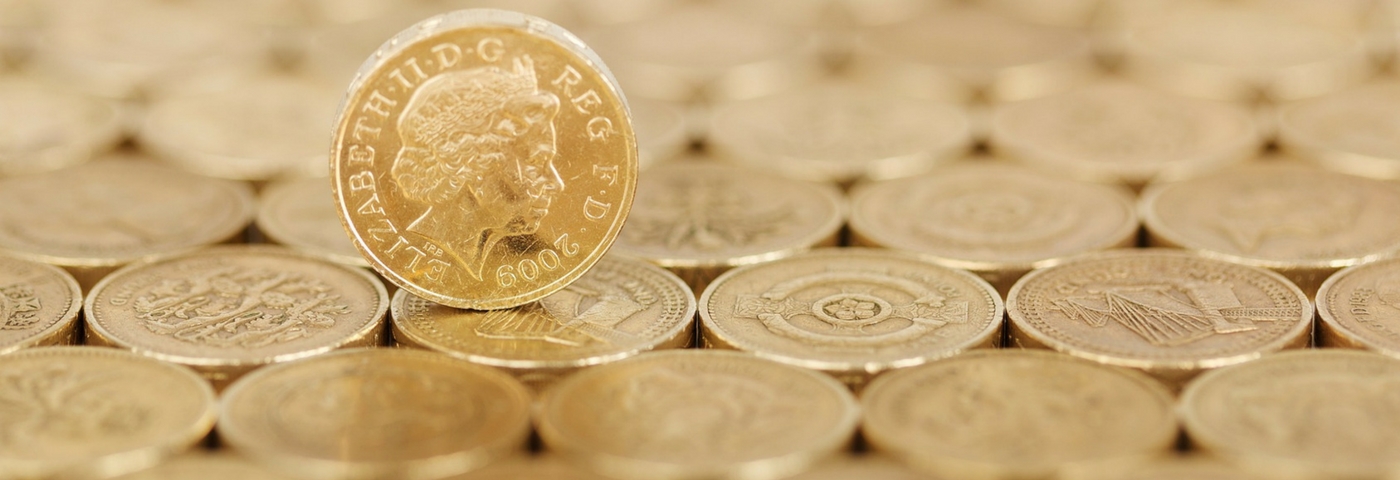The Trump era is bringing the gold market alive, as uncertainty over the impact of new policies on immigration and trade has sharpened the appetite for bullion as a safe haven investment.
Gold prices jumped in reaction to Trump’s move in January to bar entry to the United States of people from seven predominantly Muslim countries. The yellow metal rose again as the acting U.S. attorney general was fired for refusing to enforce the order.
In times of uncertainty, investors flock to gold, which they see as a safe haven. They steer clear of other types of asset, such as shares, which look even riskier. In January, gold had its biggest monthly gain since June, when Britain voted to leave the EU, and was up just over 5% on the month.
Now the gold market could be set for further strength, as many commentators believe that the U.S. Federal Reserve will raise rates more cautiously than initially expected, mainly because of fears that Trump’s policies could limit economic growth.
Commentators have expressed concerns about a lack of available details about Trump’s economic policies, which include plans for big infrastructure investments and lower taxes. U.S. interest rates are a key driver of gold prices. Higher U.S. interest rates boost the appeal of interest-bearing assets and make gold, which bears no interest, less attractive as an investment.
Read more: What Will Be the Key Drivers of Gold in 2017?
So any slowing down of the trajectory for U.S. rate rises could be supportive of gold. The U.S. Federal Reserve gave few new clues to the future direction of U.S. interest rates when it held its policy meeting on February 1, and left rates unchanged as expected.
The uncertainties stemming from the pronouncements of the new administration have softened the dollar and share markets lately. Administration officials have signalled that they preferred a weaker U.S. currency. The weaker dollar also benefits gold as it makes bullion cheaper in terms of other currencies, such as the euro and the pound.
From a UK jeweller or manufacturer’s perspective, the pound’s value against the dollar will be tracked closely as gold prices are denominated in dollars. Concerns over rising inflation in the UK economy this year could shift arguments more in favour of UK rate rises from their current historic lows, which may underpin the pound’s value against the dollar.
Read more: Why Gold Prices Risk a Downslide in 2017
Extreme volatility in the pound, and its sharp slide against the dollar since last June’s Brexit referendum, have greatly complicated gold procurement decisions by UK jewellers and manufacturers.


4 comments